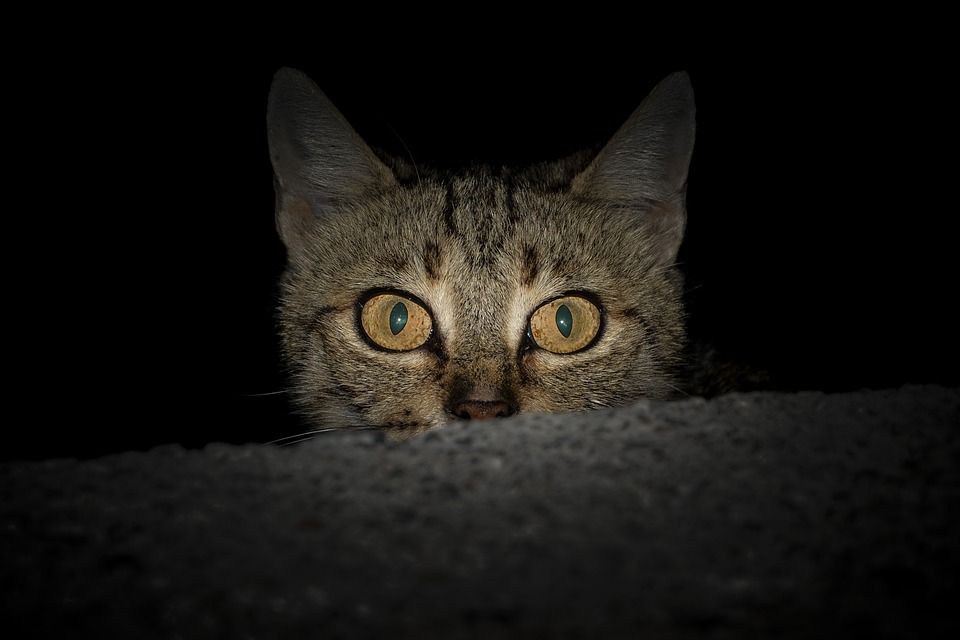Title: Preventing and Managing Obesity in Cats: A Comprehensive Guide
Introduction
Obesity is a growing concern among cats, with an estimated 60% of cats being overweight or obese. This not only affects their overall well-being but also increases the risk of various health issues. As a responsible cat owner, it is crucial to understand the causes, prevention, and management of feline obesity. In this article, we will discuss effective strategies to prevent and manage obesity in cats, ensuring their long and healthy lives.
Causes of Obesity in Cats
1. Overfeeding and Free-feeding: The role of portion control and scheduled feeding.
2. Unsuitable Diet: The importance of choosing a balanced and appropriate cat food.
3. Lack of Exercise: Encouraging physical activity and playtime for your feline friend.
4. Age and Breed Predisposition: Understanding how age and breed can contribute to obesity.
5. Medical Conditions: Identifying underlying medical issues that may lead to weight gain.
Preventing Obesity in Cats
1. Portion Control: Determining the appropriate amount of food for your cat’s age, weight, and activity level.
2. Scheduled Feeding: Establishing a feeding routine to prevent overeating.
3. Choosing the Right Diet: Opting for high-quality, nutritionally balanced cat food.
4. Interactive Toys and Games: Encouraging exercise and mental stimulation through play.
5. Creating Vertical Spaces: Providing opportunities for climbing and jumping.
6. Monitoring Weight: Regularly weighing your cat and seeking veterinary advice if weight gain is observed.
Managing Obesity in Cats
1. Consulting a Veterinarian: Seeking professional guidance to develop a weight management plan.
2. Dietary Modifications: Transitioning to a weight management or prescription diet.
3. Feeding Techniques: Splitting meals into smaller portions throughout the day.
4. Exercise and Play: Increasing physical activity through interactive toys and games.
5. Gradual Weight Loss: The importance of slow and steady weight reduction.
6. Regular Veterinary Check-ups: Monitoring progress and adjusting the weight management plan as necessary.
FAQs (Frequently Asked Questions)
Q1. How do I know if my cat is overweight?
A1. Look for signs such as difficulty in feeling the ribs, a lack of visible waist, and excessive abdominal fat.
Q2. Can I put my cat on a human weight loss diet?
A2. No, cats have specific dietary requirements that differ from humans. Consult a veterinarian for appropriate weight management diets.
Q3. Are all cat breeds equally prone to obesity?
A3. No, certain breeds, such as the Maine Coon and Scottish Fold, are more predisposed to obesity. However, any cat can become overweight if not properly managed.
Q4. Can I use treats as rewards during weight loss?
A4. Treats should be limited and used sparingly. Opt for low-calorie treats and consult a veterinarian for suitable options.
Q5. Is it safe to make sudden dietary changes for weight loss?
A5. Sudden changes in diet can lead to digestive upset. Gradual transitions are recommended to avoid any adverse reactions.
Conclusion
Preventing and managing obesity in cats requires a combination of proper nutrition, portion control, regular exercise, and veterinary guidance. By understanding the causes and implementing the preventative measures discussed in this article, you can ensure your feline companion enjoys a healthy and active life. Remember, a little effort goes a long way in keeping your cat fit, happy, and free from weight-related health issues.








